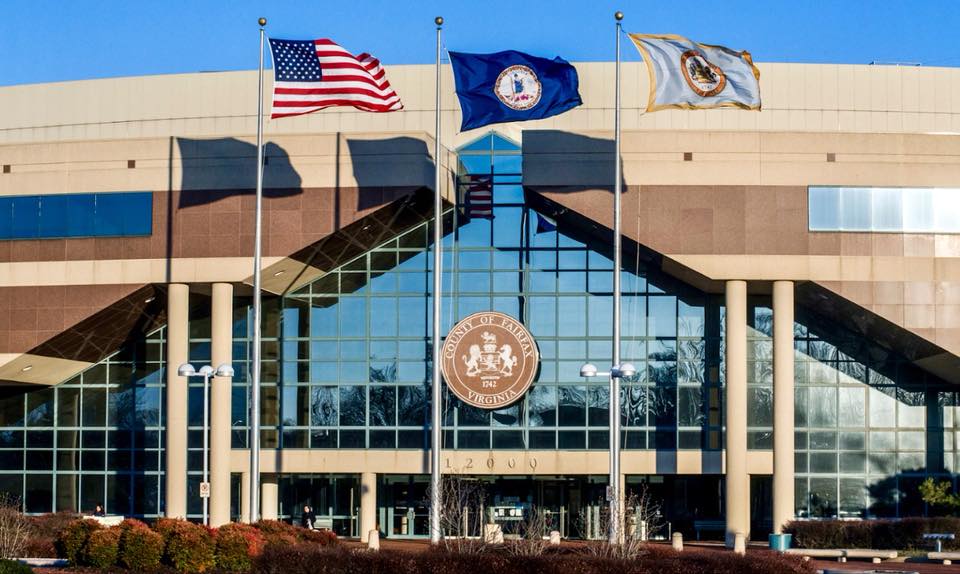Essential Tips for Combatting the Freeze-Thaw Cycle: Chimney Care in Fairfax County, VA
Living in Fairfax County, VA, we are no strangers to the freeze-thaw cycle that accompanies our winter season. This cycle, while a natural part of our climate, can pose a significant threat to the structural integrity of chimneys. It can cause cracks, leaks, and other damages that could lead to costly repairs or even dangerous situations if not addressed promptly. To maintain the durability and functionality of your chimney, a local company, A&T Chimney Sweeps, fireplace, furnace, dryer vent, gutter cleaning and repair services in Fairfax County VA, offers the following essential tips for combating the freeze-thaw cycle.
Understanding the Freeze-Thaw Cycle
In a typical freeze-thaw cycle, water infiltrates the porous materials of the chimney, like the bricks and mortar. When the temperature drops, this water freezes and expands, causing strain on the material. As temperatures rise again, the ice melts and the water is released, only to refreeze when the temperature drops again. This repetitive process can lead to cracks and structural damage.
1. Regular Inspection and Maintenance
The first step to combating the freeze-thaw cycle is regular inspection and maintenance. This helps identify early signs of water damage or any other issues that need to be addressed. It is recommended to get your chimney inspected at least once a year, ideally before winter sets in.
2. Water Repellents
One of the most effective ways to combat the freeze-thaw cycle is to apply a water repellent to your chimney. This creates a barrier that prevents water from getting into the porous bricks and mortar, thus reducing the effects of the freeze-thaw cycle. However, be sure to use a breathable water repellent that allows any trapped moisture to escape.
3. Chimney Caps
A chimney cap is another simple yet effective solution. It serves as a shield, preventing rain, snow, and sleet from entering your chimney directly. Besides protecting against water damage, it also keeps out animals and debris which could cause blockages.
4. Repairing Cracks and Damages
Promptly repairing cracks and damages is crucial in combating the freeze-thaw cycle. Even small, seemingly insignificant cracks can allow water to seep into your chimney, leading to more severe damage over time.
5. Consider a Chimney Liner
If your chimney doesn’t already have one, consider installing a chimney liner. This adds an extra layer of protection, preventing heat, smoke, and gases from causing damage to your chimney.
6. Regular Cleaning
Soot and creosote buildup can increase the moisture content in your chimney, thus exacerbating the effects of the freeze-thaw cycle. Regular cleaning helps maintain the health of your chimney and prevents unnecessary damage.
7. Professional Help
While these tips can help you maintain your chimney, it’s always best to seek professional help when dealing with potential damage. Experts have the knowledge and experience to properly assess and address any issues, ensuring the safety and longevity of your chimney.
FAQs:
1. How often should I get my chimney inspected?
It is recommended to get your chimney inspected at least once a year, ideally before winter sets in.
2. What is a breathable water repellent?
A breathable water repellent is a type of sealant that prevents water from seeping into the bricks and mortar of your chimney but allows any trapped moisture to escape.
3. What is a chimney cap?
A chimney cap is a protective cover installed on top of the chimney. It prevents rain, snow, and sleet from entering your chimney directly, and also keeps out animals and debris.
4. What is a chimney liner?
A chimney liner is a protective layer inside the chimney. It prevents heat, smoke, and gases from damaging your chimney.
5. How often should I clean my chimney?
This largely depends on how frequently you use your fireplace. However, it’s a good practice to have your chimney cleaned at least once a year.
By understanding the freeze-thaw cycle and taking the necessary preventive measures, you can ensure that your chimney remains safe and functional throughout the winter season. Remember, when it comes to chimney care, preventative maintenance is always better (and cheaper) than repairs.








